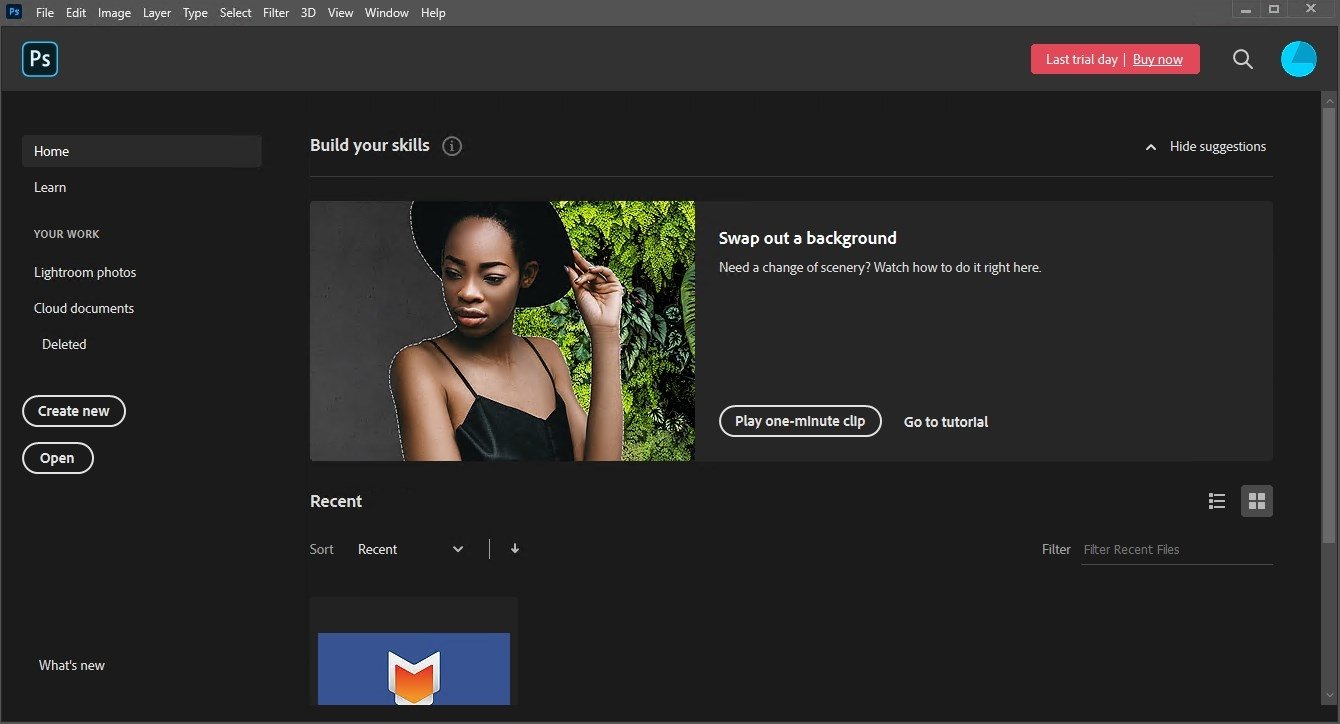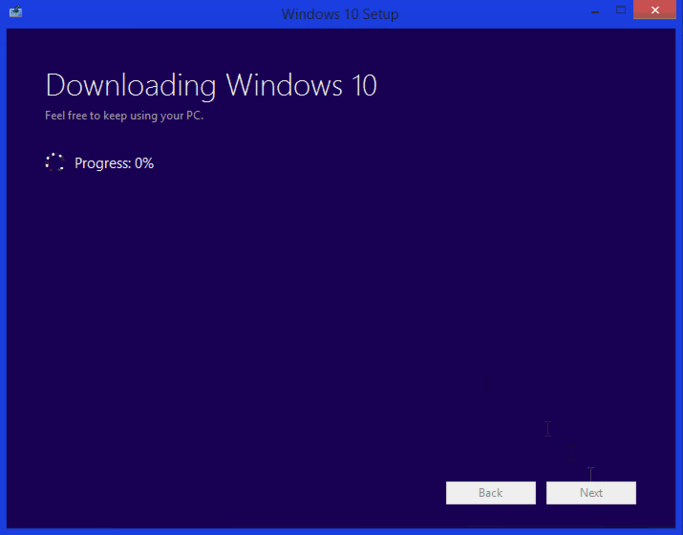


Visible enhancements include an upgraded Start menu, additional snap views, new bundled apps, tighter OneDrive integration, Internet Explorer 11, a Bing-powered unified search system, restoration of a visible Start button on the taskbar, and the ability to restore the previous behavior of opening the user's desktop on login instead of the Start screen. Released as part of a shift by Microsoft towards regular, yearly upgrades for its platforms and services, Windows 8.1 was primarily intended to address the complaints of Windows 8 users and reviewers on launch. According to Microsoft's software lifecycle policies, installation of Windows 8.1 is required to maintain access to Windows 8's support after January 12, 2016. Users who obtained 8 outside of retail copies or pre-loaded installations (i.e., volume licensing) must obtain 8.1 through new installation media from their respective subscription or enterprise channel. Windows 8.1 is available free of charge for retail copies of Windows 8 and Windows RT users via Windows Store. First unveiled and released as a public beta in June 2013, it was released to manufacturing on August 27, 2013, and reached general availability on October 17, 2013, almost a year after the retail release of its predecessor. Windows 8.1 is a version of the Windows NT operating system by Microsoft.

Mainstream support ended on JanuExtended support ended on JanuInstalling Microsoft Edge ensures continued browser support through Januto January 12, 2023.


 0 kommentar(er)
0 kommentar(er)
